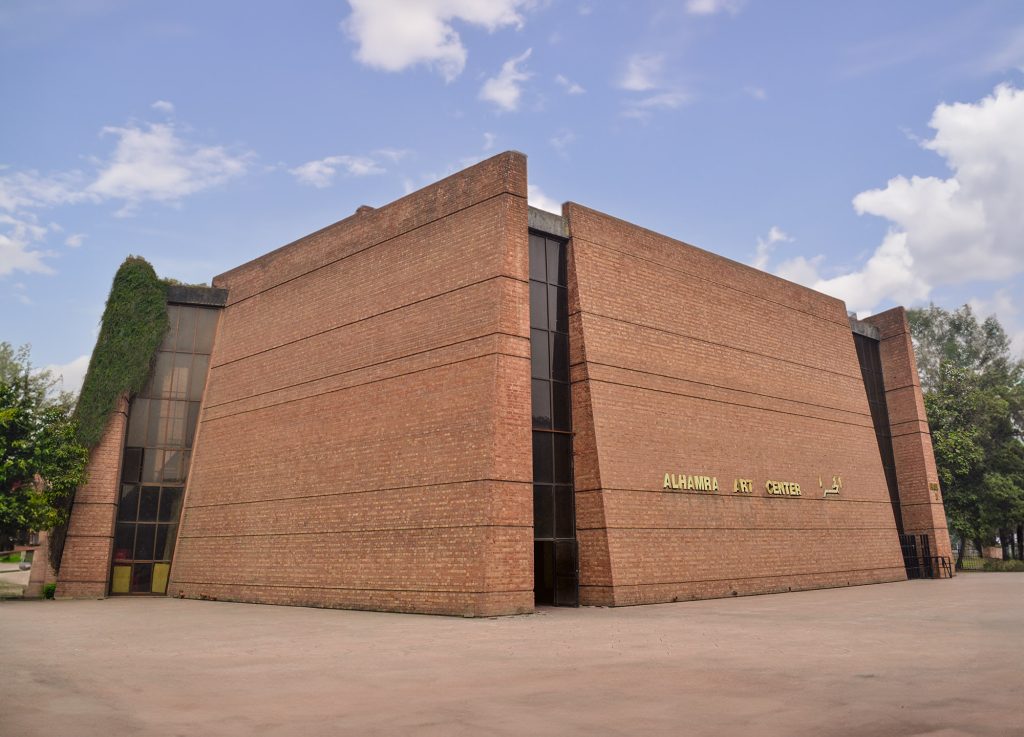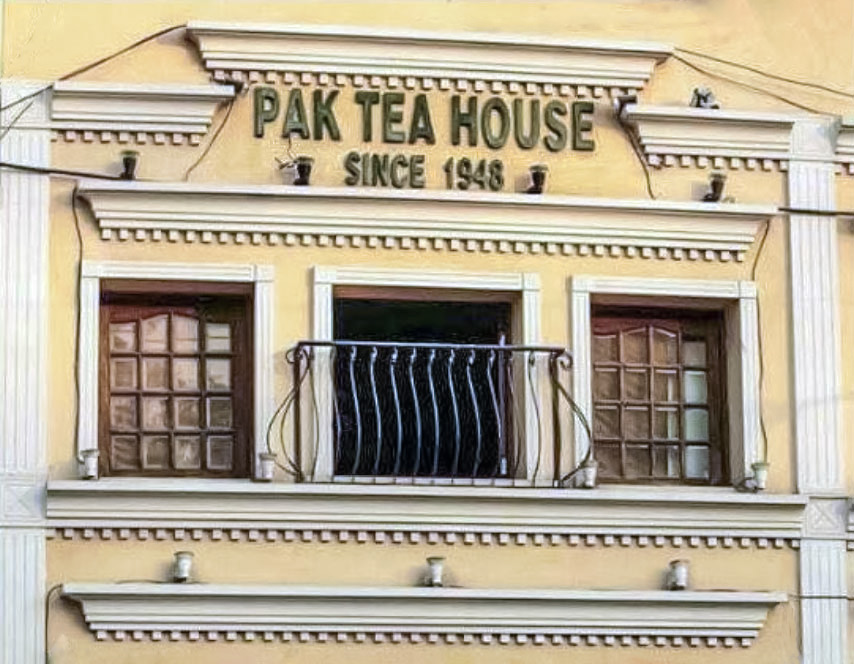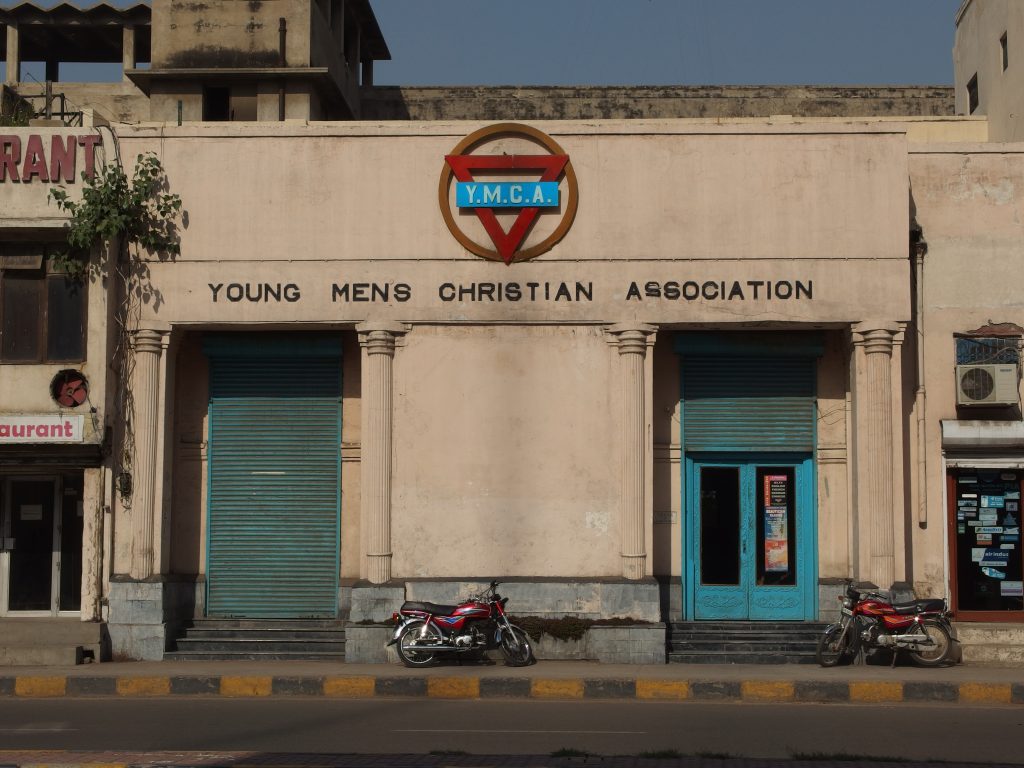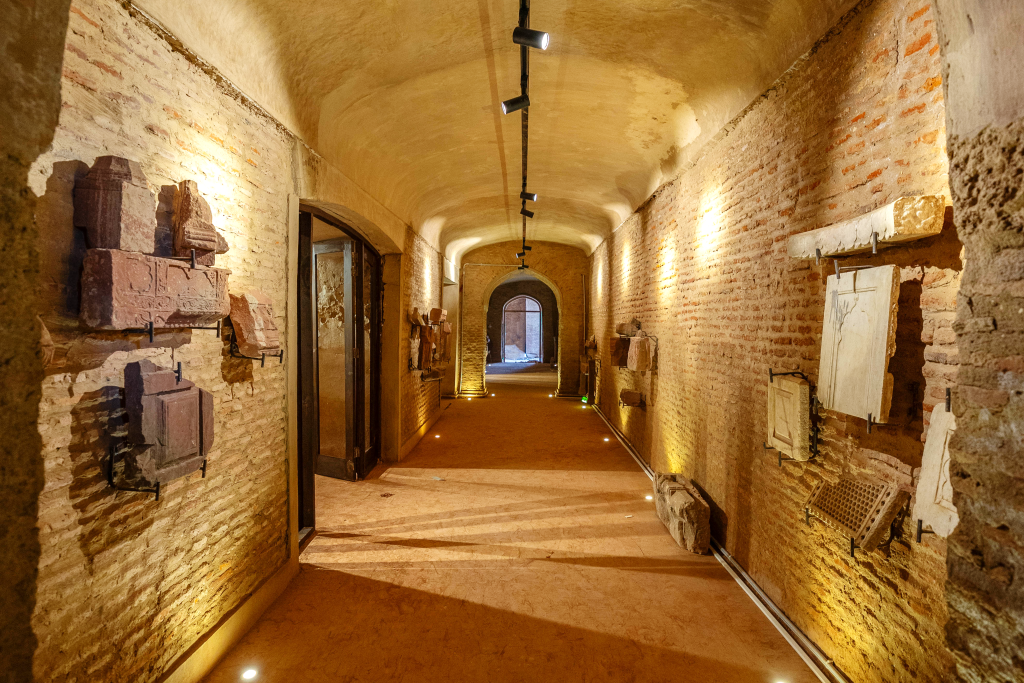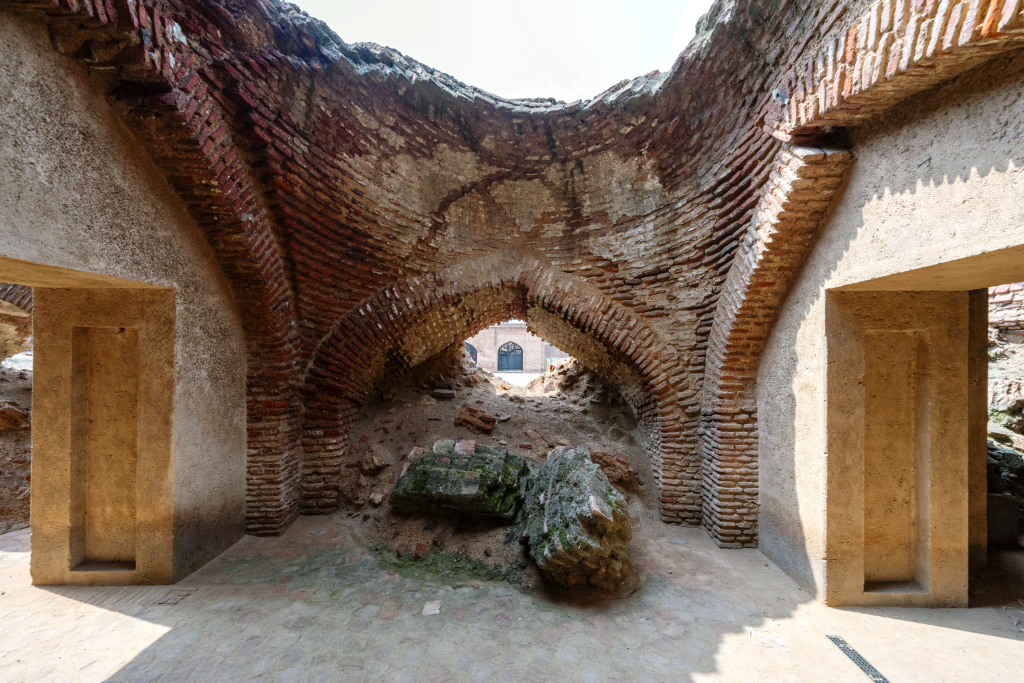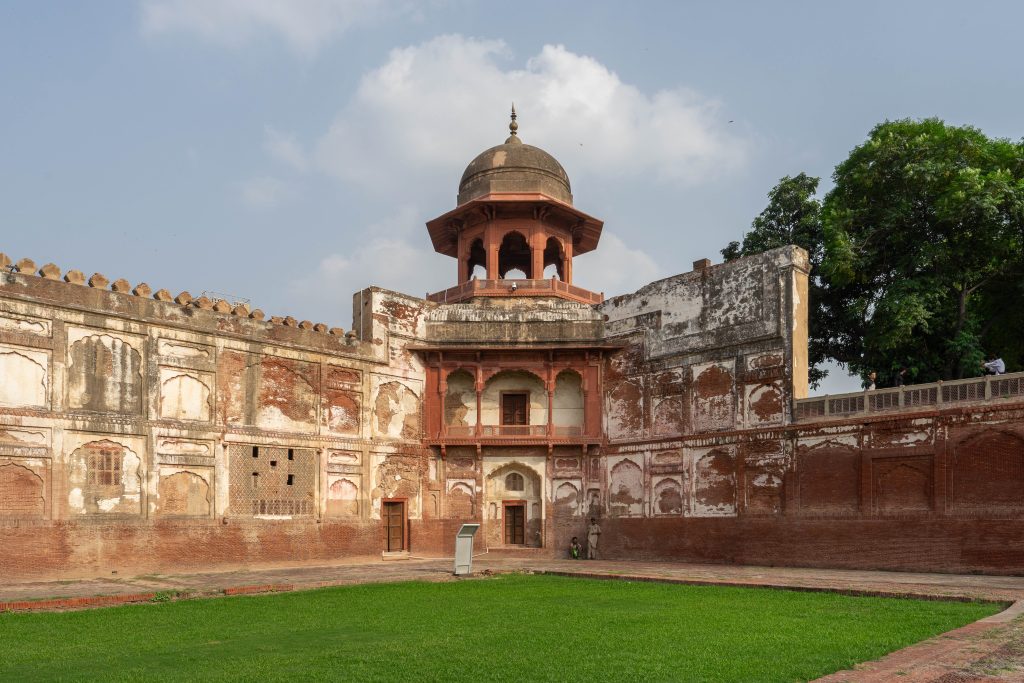INLAND (Fernando Garcia Dory, Sergio Bravo)
Crossroads Tamboo, named after the traditional pastoralist tent, the tamboo becomes a node connecting mobile pastoralists (Gujjar, Pashtun, Baloch, Rohi, and Rebari communities) to their transhumant routes connecting the lowlands around Lahore all the way to Balochistan, Gilgit Baltistan, Azad Kashmir and parts of Khyber Pakhtunkhwa. Throughout LB03, a series ... More

